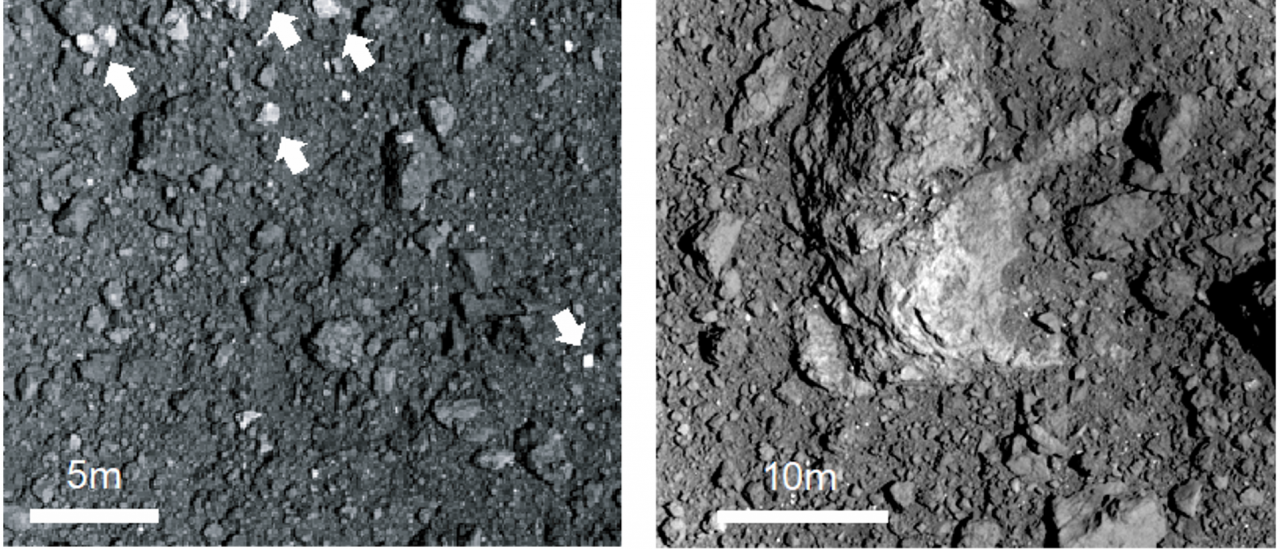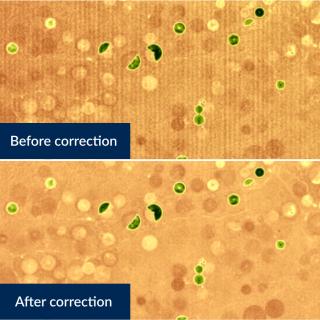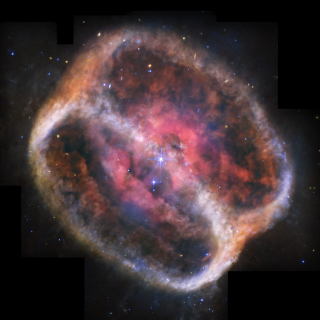Hayabusa2’s optical navigation camera (ONC) found many anomalously bright boulders on the dark surface of the carbonaceous (or C-type) asteroid Ryugu. Observations with ONC and the near-infrared spectrometer (NIRS3) indicates that at least six of those bright boulders exhibit reflectance spectra consistent with exogenous origin; their spectra are similar to rocky (or S-type) asteroids. This means that the bright boulders resulted from collisional mixing between Ryugu’s parent body and S-type asteroid(s). On Bennu, the asteroid explored by NASA’s OSIRIS-REx, bright boulders with spectra similar to V-type asteroids were found. This suggests that Ryugu and Bennu might have gone through different collisional histories. Moreover, the majority of bright boulders on Ryugu has spectra similar C-type asteroids. This type of bright boulder are likely endogenic and may have been from different parts of Ryugu’s parent body, which would have experienced different thermal history. Because the samples collected from Hayabusa2 may contain those bright materials, we may be able to obtain detailed knowledge on Ryugu’s collisional and thermal history from the analyses of the Hayabusa2 samples.
High-resolution images of the bright boulders (arrows) during Hayabusa2 proximity operations. The images obtained during the first touchdown operation (a-c) show much smaller bright fragments in regolith everywhere (adapted from Tatsumi et al. 2021).
Advertised on
Authors
Eri
Tatsumi
et al.
References




